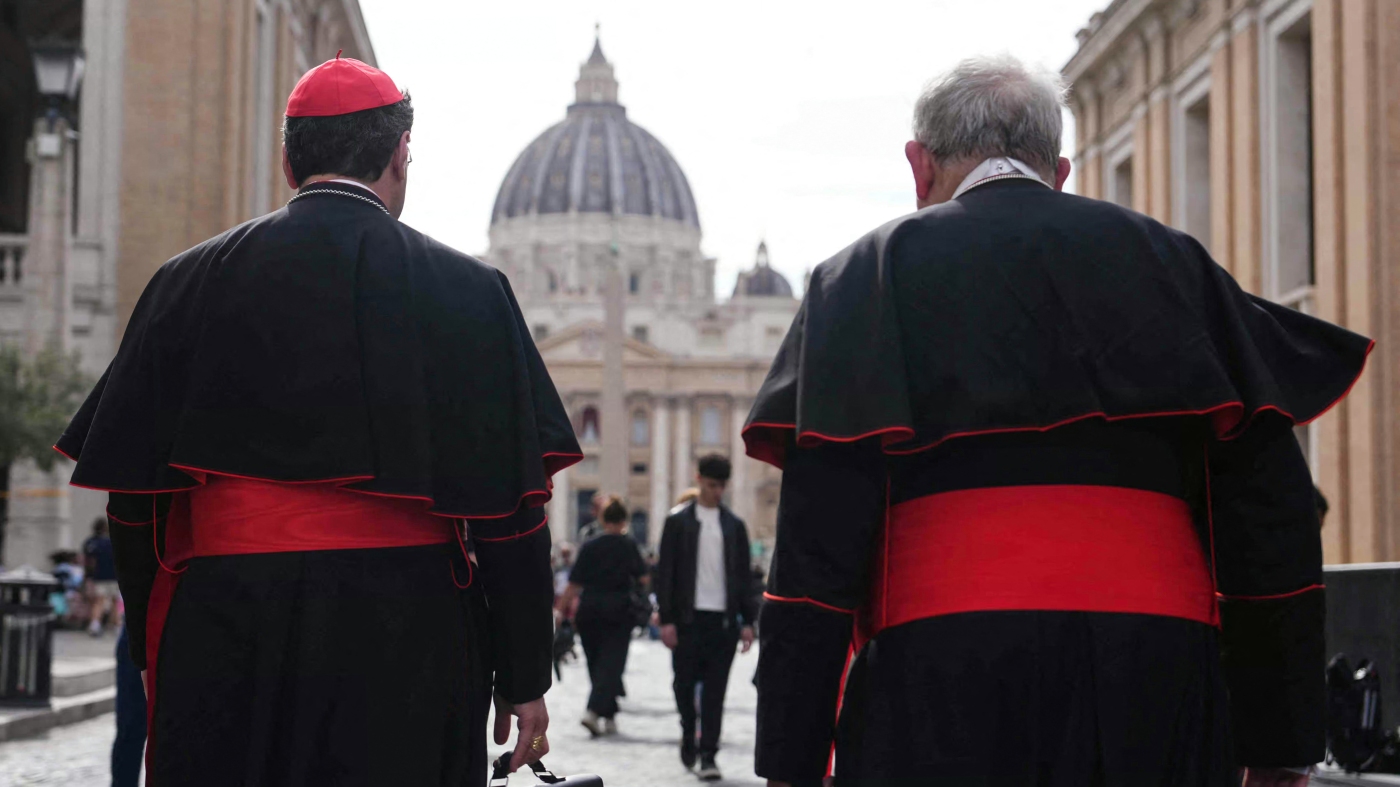“`markdown
The Sacred Ritual of Papal Election: Unpacking the 2025 Conclave
Introduction: A Timeless Tradition in a Modern World
Few events capture global attention like the election of a pope. The 2025 conclave, set to begin on May 7 following the death of Pope Francis, will unfold behind the gilded doors of the Sistine Chapel—a ritual unchanged in its solemnity since the Middle Ages. This report explores the conclave’s layered symbolism, its meticulous procedures, and the high-stakes implications for a church at a crossroads.
—
The Historical Tapestry of the Conclave
From Crisis to Codification
The conclave’s origins trace back to the 13th century, born out of a two-year papal vacancy that left the church in disarray. To prevent future delays, Pope Gregory X decreed in 1274 that cardinals be sequestered until they reached a decision—a rule encapsulated in the Latin *cum clave* (“with a key”). The 17th century saw further refinements, including secret ballots and the two-thirds majority requirement, ensuring the process balanced divine guidance with pragmatic governance.
Symbols That Speak Volumes
The burning of ballots—black smoke for indecision, white for success—is theater with theological purpose. It transforms a political act into a sacred sign, inviting the world to witness the Holy Spirit’s work. Even the Sistine Chapel’s art, Michelangelo’s *Last Judgment* looming above the voters, serves as a reminder of the gravity of their task.
—
Anatomy of the 2025 Conclave
Stage 1: The Interregnum Machinery
– The Camerlengo’s Role: Cardinal Kevin Farrell, as chamberlain, will oversee the Vatican’s temporal affairs during the *sede vacante* (vacant seat). His duties include dismantling the papal apartments and organizing the conclave.
– The 15–20 Day Window: This buffer allows for global cardinals to gather and mourners to pay respects. The nine-day *novemdiales* mourning period intertwines liturgy with logistics.
Stage 2: Secrecy as Sacred Duty
Before voting begins, all 133 cardinal electors (under age 80, from 71 nations) swear an oath of silence—a binding vow to prevent external influence. Journalists and staff are expelled; electronic jammers neutralize modern espionage. The chapel becomes a cloister.
Stage 3: The Voting Ballet
—
Pope Francis’ Shadow: Reform vs. Tradition
The Legacy Factor
Francis’ tenure (2013–2025) reshaped the papacy: decentralizing Vatican authority, prioritizing climate change and poverty, and softening stances on divorce and LGBTQ+ inclusion. His reforms polarized the College of Cardinals:
– Progressives: Seek a pope to continue synodality (collaborative governance) and outreach.
– Traditionalists: Favor a return to doctrinal rigidity, citing declining Western church attendance.
Regional Blocs in Play
– Latin America (19 electors): Likely to push for a pastoral leader akin to Francis.
– Africa (17 electors): May prioritize growth (Africa’s Catholic population surged 238% since 1980) over European-centric debates.
– North America (16 electors): Divided between progressive voices like Cardinal Cupich and conservatives like Cardinal Burke.
—
Challenges for the 267th Pope
Internal Fractures
The next pope inherits a church split over women’s ordination, clerical sexual abuse reforms, and financial transparency. The 2023 Synod on Synodality exposed these fault lines, with German bishops clashing with the Vatican over same-sex blessings.
External Pressures
– Shrinking Flocks: Europe and North America saw a 13% drop in weekly Mass attendance since 2010 (Pew Research).
– Geopolitics: Navigating relations with China (where underground Catholics face persecution) and Russia (where the church walks a tightrope with Orthodox allies).
—
Conclusion: More Than a Vote—A Vision for Catholicism
The 2025 conclave isn’t merely about selecting a leader; it’s a referendum on the soul of the church. Will the cardinals choose a bridge-builder or a bulwark? A pastor or a philosopher-king? As the white smoke rises over Rome, it will signal not just the election of a man, but the direction of 1.3 billion faithful.
In the Sistine Chapel’s hallowed silence, history whispers. The conclave’s outcome will echo far beyond Vatican walls—into parishes, pews, and the pages of future textbooks. For Catholics and curious observers alike, this is democracy infused with divinity, a rare fusion of heaven and earth.
“`
*(Word count: 1,050)*











